As springtime emerges each year, there is potential for that year to become the worst ever for ticks.
And just like 2020 and 2021, 2022 is subject to become the worst year for ticks on record. That’s a pretty big statement, because as we know, tick-borne illnesses are already running rampant. Especially in the Northeastern United States – so here in Central Mass, we run a higher risk for enduring the worst year for ticks ever. That isn’t because there are less ticks in other areas of the country, but there are less tick diseases in other areas. Florida for instance, is a pretty ideal climate for warm weather loving ticks. However, Lyme disease cases in Florida are far less than places like Massachusetts and Minnesota. That’s because the available tick feeders out in some parts of Florida nature are mostly lizards, which are not great vectors for Lyme infection. So, a bad tick year for Florida residents looks a lot different than one experienced by Central Mass residents.
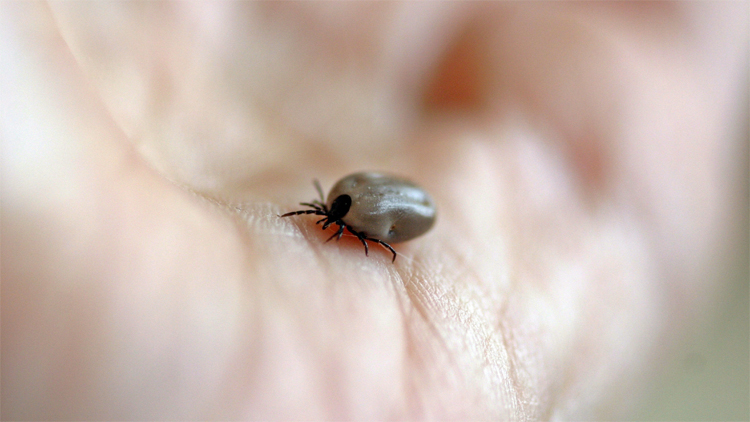
What sets us up for the worst year for ticks?
There are a few things that can create a tick population boom. One that I often write about is shorter, warmer winters, and climate change. But there is one element that you might not be aware of. Here in the Northeast, woodland creatures that feed ticks their first blood meal are mainly white-footed mice. What do white-footed mice eat? One woodland delicacy is the acorn. In 2020 oak trees produced record number of acorns – a.k.a. mouse food. With thriving white-footed mice population, so too could be the Lyme-infected tick population!
Now is the time for Acton tick control.
 There is very little time left for planning your Acton tick control. Don’t get caught in the middle of the worst year for ticks on record. You can stop them in their tracks. Nip them in the bud by scheduling your professional Acton MA tick control at your earliest convenience. Reputable tick control experts are ready to help you get a handle on the potential tick situation in your yard. If this does become the worst tick year on record, the earlier you begin, the better off you’ll be.
There is very little time left for planning your Acton tick control. Don’t get caught in the middle of the worst year for ticks on record. You can stop them in their tracks. Nip them in the bud by scheduling your professional Acton MA tick control at your earliest convenience. Reputable tick control experts are ready to help you get a handle on the potential tick situation in your yard. If this does become the worst tick year on record, the earlier you begin, the better off you’ll be.
What’s more, your tick control efforts don’t have to end with autumn. Tick tubes extend tick control to a year-round affair. Because the only way to thwart a tick apocalypse is to prevent it.

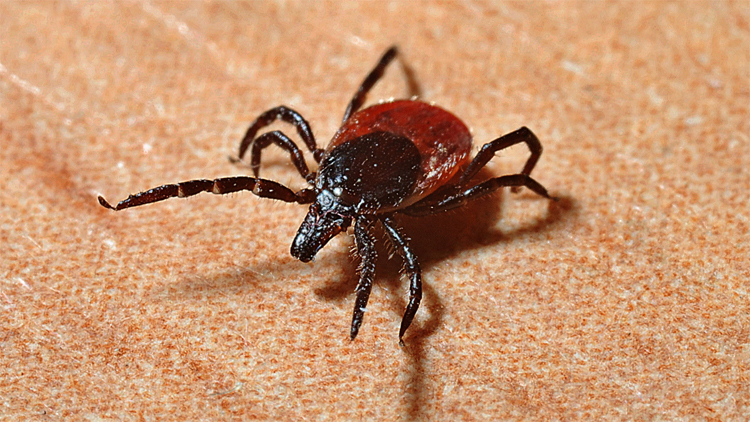
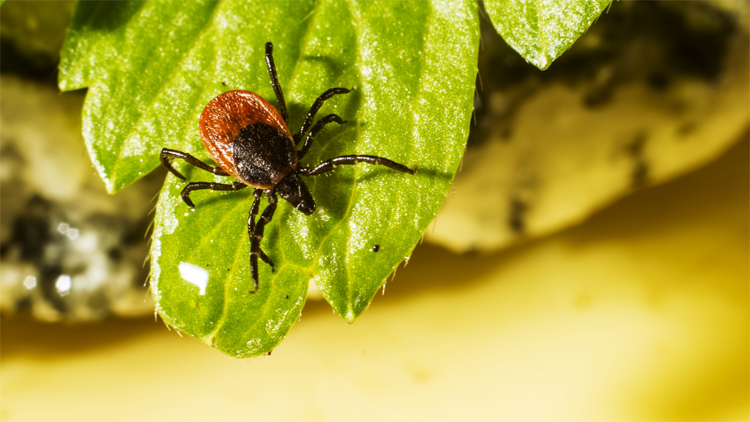

 There is no need to call off the assault, because you will still need to make a concerted effort to kill ticks around your home this spring, summer, and fall. As nice as it would be to count on Mother Nature to eliminate ticks for us, she is not in the
There is no need to call off the assault, because you will still need to make a concerted effort to kill ticks around your home this spring, summer, and fall. As nice as it would be to count on Mother Nature to eliminate ticks for us, she is not in the 


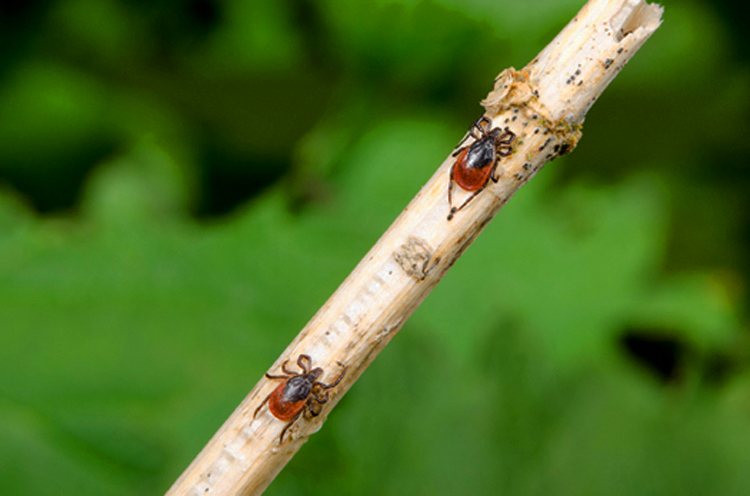
 The CDC also recommends augmenting your tick bite protection by treating your yard for ticks. Professional
The CDC also recommends augmenting your tick bite protection by treating your yard for ticks. Professional 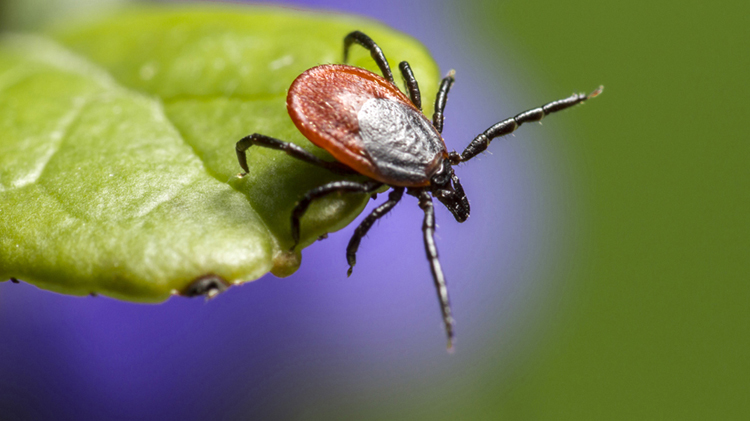
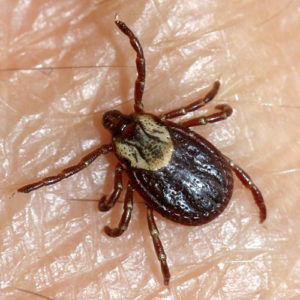


 Ticks are some of the most widely known dangerous pests to humans and our pets. Not unlike a mosquito bite, a bite from a disease-infected tick can result in sever illness and death. Many believe that ticks do not quest or bite in the winter, but this is untrue. For this reason, we must be sure to employ
Ticks are some of the most widely known dangerous pests to humans and our pets. Not unlike a mosquito bite, a bite from a disease-infected tick can result in sever illness and death. Many believe that ticks do not quest or bite in the winter, but this is untrue. For this reason, we must be sure to employ 
 Due to warmer winters in Massachusetts, ticks can and do quest even during the winter months. It is possible to be bitten by a tick in the fall and winter, and we should be concerned with ample protection during those months. Fortunately, reputable tick control professionals offer ‘out-of-season‘ methods of tick protection by way of
Due to warmer winters in Massachusetts, ticks can and do quest even during the winter months. It is possible to be bitten by a tick in the fall and winter, and we should be concerned with ample protection during those months. Fortunately, reputable tick control professionals offer ‘out-of-season‘ methods of tick protection by way of 
